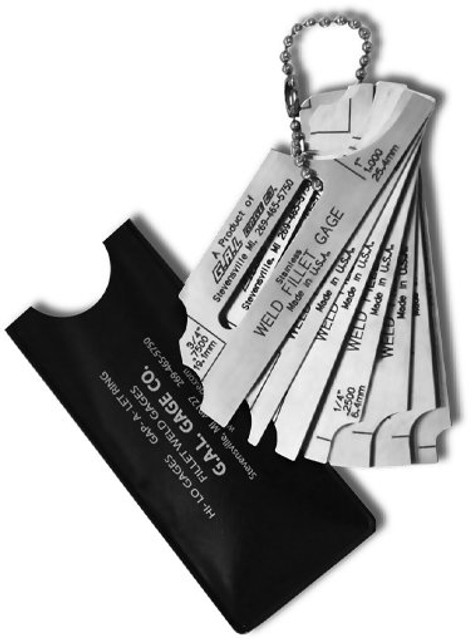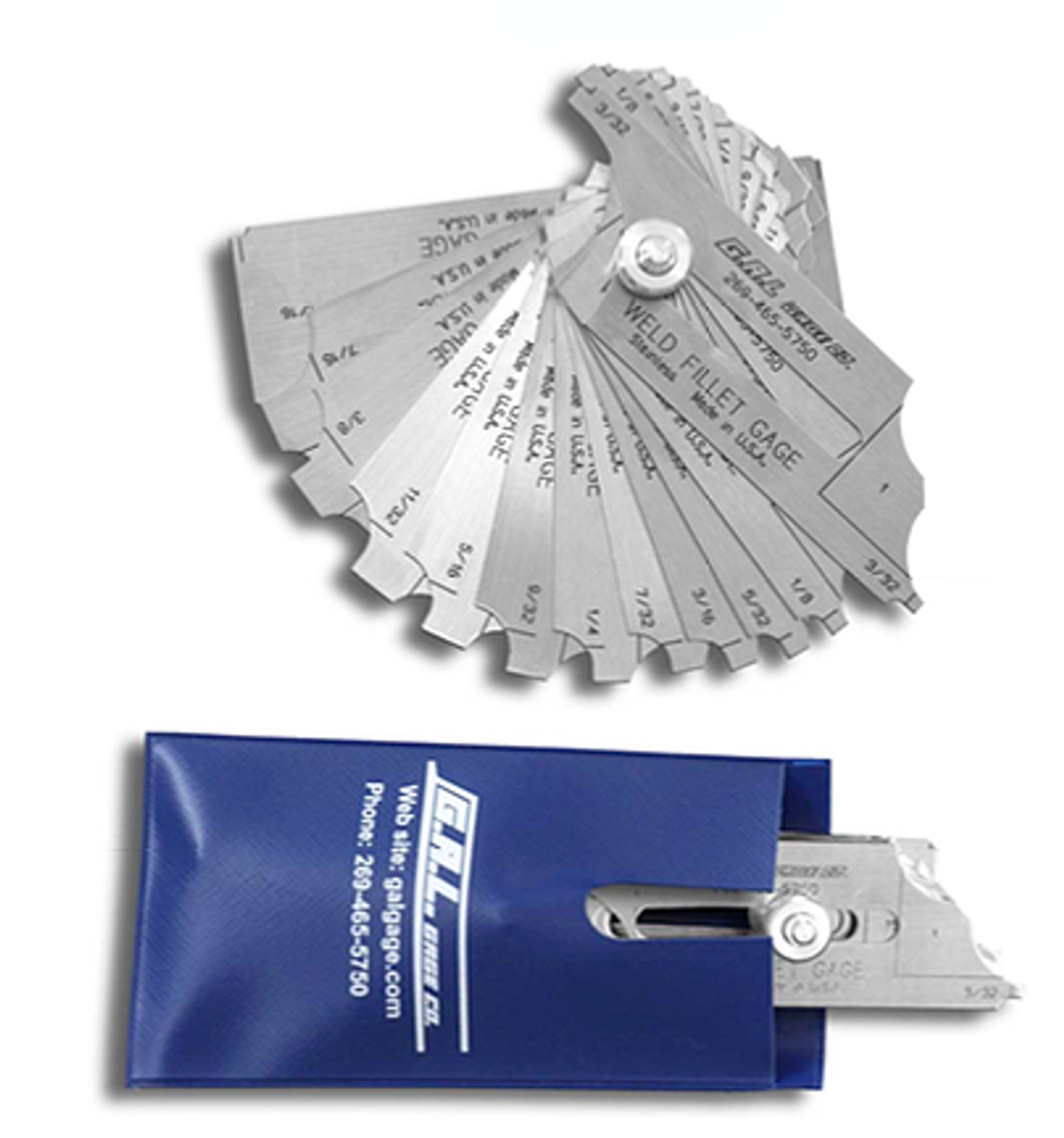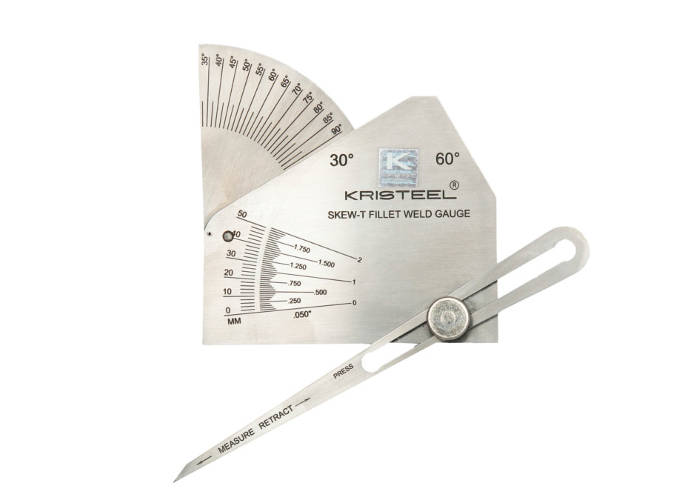The Function of Gauge Fillet Weld in Structural Integrity: What You Need to Know
The Function of Gauge Fillet Weld in Structural Integrity: What You Need to Know
Blog Article
Fillet Weld Style Methods: Maximizing Joint Performance and Aesthetic Appeal for Structural Stability
In the world of structural engineering and manufacture, the value of fillet weld style techniques can not be overstated. By diligently thinking about elements such as weld account optimization, product selection, joint prep work methods, welding process performance, and visual improvement techniques, engineers and makers can accomplish an unified balance in between performance and look in their welded frameworks.
Weld Profile Optimization


Accomplishing an optimal weld account entails a careful consideration of elements such as product density, joint setup, welding position, and desired welding rate. Furthermore, the selection of appropriate welding criteria, such as voltage, present, and travel rate, is essential in controlling the form and dimensions of the fillet weld. Making use of sophisticated welding techniques, such as pulse welding or robot welding, can additionally refine the weld account to satisfy specific layout demands and top quality requirements.
Essentially, weld account optimization is a fundamental facet of fillet weld style that straight influences the total performance and integrity of welded joints in architectural applications.
Material Option Considerations
When taking into consideration material option for fillet weld design, the compatibility of the base metals is a vital factor influencing the architectural stability of the joint. It is necessary to select products that not only bonded with each other efficiently yet also possess comparable mechanical homes to make certain the tons is equally dispersed between the base and the weld steels. Welding materials with greatly various residential or commercial properties can cause concerns such as tension focus, early joint failing, or fracturing.
Furthermore, the setting in which the bonded framework will operate have to be considered when selecting products. Aspects like rust resistance, temperature changes, and direct exposure to chemicals can all impact the longevity and performance of the weld joint. By selecting products that are suitable for the intended application and environment, the general longevity and reliability of the welded joint can be considerably improved.
As a result, detailed factor to consider of product compatibility and ecological variables is paramount in guaranteeing the weld joint's strength, sturdiness, and general structural integrity.

Joint Preparation Methods
Considering the essential role product selection plays in making sure the structural stability of fillet weld joints, it is important to carry out specific joint preparation strategies that optimize the connection in between the base steels. Joint preparation is a vital step that directly affects the top quality and strength of the weld. One essential strategy is the cleaning of base metals to eliminate any kind of contaminants like rust, oil, or paint that can endanger the my website weld's integrity. This can be accomplished via methods such as grinding, cable cleaning, or chemical cleansing.
Additionally, appropriate fit-up of the joint is vital to make certain consistent circulation of the welding product and protect against issues like insufficient infiltration or too much build-up. Beveling the sides of the base metals can produce a groove that enables deeper weld penetration and a stronger bond. Additionally, tack welding the elements in location before the final weld aids maintain alignment and lessens distortion during the welding process. By meticulously following these joint preparation strategies, welders can improve the total efficiency and looks of fillet weld joints while guaranteeing structural stability.
Welding Process Effectiveness
Effective welding procedures are necessary for accomplishing optimal efficiency and quality in fillet weld manufacture. One essential aspect of improving welding process performance is selecting the ideal welding method. Factors such as material kind, joint style, and welding check my reference placement need to be carefully taken into consideration to determine one of the most suitable technique. For example, processes like gas steel arc welding (GMAW) and flux-cored arc welding (FCAW) are typically made use of for fillet welds due to their adaptability and speed (Gauge Fillet Weld).
Furthermore, making certain proper equipment configuration and upkeep is crucial for efficient welding. Routine calibration of welding equipments, inspection of consumables, and upkeep of welding torches can stop downtime and revamp, inevitably saving time and resources. Additionally, utilizing proficient welders with expertise in the particular welding process being utilized can substantially affect performance. Trained welders are extra experienced at readjusting criteria, repairing concerns, and keeping regular weld quality.
Aesthetic Improvement Techniques
To maximize the high quality of fillet weld fabrication, implementing aesthetic enhancement methods can play a critical function in guaranteeing accuracy and accuracy throughout the welding process. Visual improvement methods incorporate different strategies focused on improving the look and quality of fillet welds. One usual method is using back purging systems to remove oxidation on the backside of the weld, causing a cleaner, much more cosmetically pleasing surface. In addition, utilizing correct lighting setups in the welding area can improve visibility, enabling welders to monitor the weld pool and make certain constant grain development. Visual help such as weld dimension evaluates and multiplying lenses can aid in examining weld accounts and dimensions precisely. The usage of contrasting noting materials or short-term adding can aid in straightening and positioning the workpieces exactly prior to welding. By incorporating these visual enhancement techniques right into the welding procedure, welders can attain not only structurally sound fillet welds however likewise aesthetically enticing outcomes that meet industry requirements.

Final Thought
To conclude, maximizing fillet weld style entails cautious factor to consider of weld profile, material option, joint preparation, welding process performance, and visual enhancement approaches. By carrying out these strategies, structural stability can be boosted while also accomplishing visual appeal. It is crucial to focus on both performance and aesthetic appeals in fillet weld layout to ensure the overall high quality and durability of the joint.
By carefully thinking about variables such as weld account optimization, material selection, joint preparation methods, welding procedure home performance, and aesthetic improvement makers, designers and approaches can attain an unified equilibrium in between capability and look in their bonded frameworks.In the world of fillet weld style, enhancing the weld profile plays a vital function in making sure structural stability and performance. The weld profile, which consists of the dimension and form of the weld cross-section, straight affects the distribution of tension and load-bearing capacity within the joint. It is important to choose products that not just bonded together effectively but additionally have similar mechanical homes to guarantee the tons is evenly dispersed in between the base and the weld steels - Gauge Fillet Weld.In conclusion, maximizing fillet weld style includes careful factor to consider of weld account, material option, joint prep work, welding process performance, and aesthetic enhancement methods
Report this page